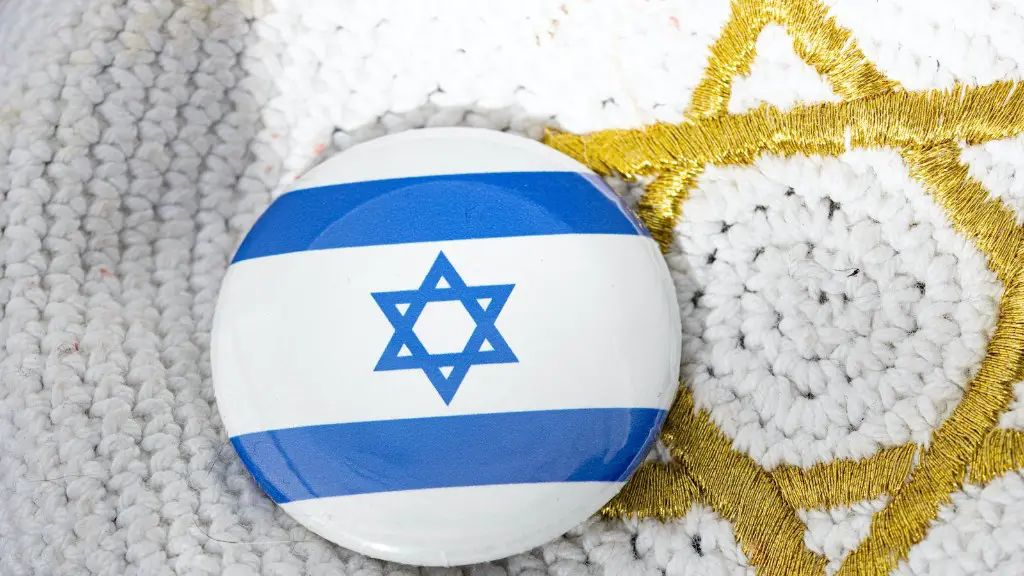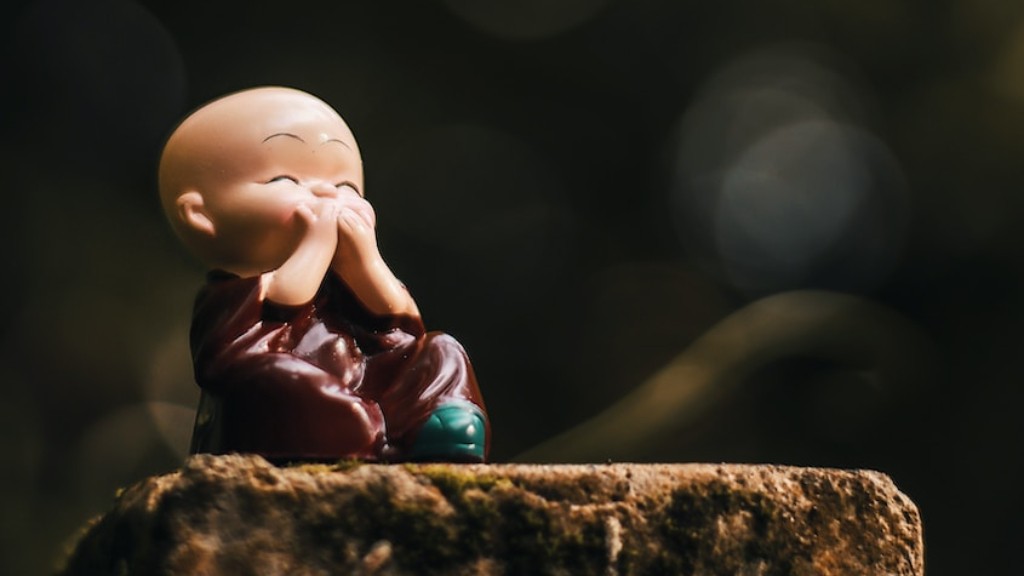The Vedas and the Upanishads
Hinduism is considered one of the oldest living religion, and it has an ancient and vast literature. The most sacred text, the source of spiritual authority in Hinduism, is the Holy Book, the Vedas. The Vedas are a collection of ancient texts composed in Sanskrit. They consist of hymns, instruction and mantras, which were memorized and passed down orally from generation to generation. The Vedas are believed to be divinely inspired, and were originally composed by ancient sages to help people understand the fundamental teachings of Hinduism. The Vedas also contain mantras which can be used for devotion and meditation.
The Upanishads are another set of ancient scriptures that are part of the Vedas. They are philosophical texts believed to have been composed by sages around 700 BC. The Upanishads contain knowledge that the sages revealed about the mysteries of the universe and its relationship with the divine. They discuss topics such as the creation of the universe, the nature of the soul, the role of morality and ethics, the power of meditation, and Hindu concepts of karma and reincarnation. The Upanishads are considered the foundation of Hindu philosophy.
The Bhagavad Gita
The Bhagavad Gita is one of the most renowned texts in Hinduism. It is part of the epic poem, the Mahabharata, and is believed to have been composed around 500 BC. The Bhagavad Gita consists of a conversation between the god Krishna and the prince Arjuna. During the conversation, Krishna gives Arjuna advice on how to achieve spiritual liberation. The Bhagavad Gita is a source of wisdom and offers guidance in Hindu spiritual life. It is often seen as a summary of the Vedic scriptures, and is widely regarded as the most important Hindu text.
The Puranas
The Puranas are another set of ancient scriptures that are part of the Holy Book in Hinduism. They are stories about the gods and their incarnations, and about the creation of the world. The Puranas also discuss the history of India, and give a different perspective on the story of India and its people. The Puranas contain a lot of detailed information about Hinduism, and are often seen as a guide to the beliefs and practices of Hinduism.
The Ramayana
The Ramayana is another well-known Hindu text, and one of the two major Hindu epics. It is the story of Rama, an incarnation of the god Vishnu, and his quest to rescue his wife Sita from the demon-king Ravana. The Ramayana is widely seen as a source of spiritual teachings, and it is often used as an allegory for the human struggle between dharma (righteousness) and adharma (unrighteousness).
The Mahabharata
The Mahabharata is the other major Hindu epic, and is believed to have been composed around 400 BC. It is the story of the Pandavas and the Kauravas, two clans in ancient India, and their conflict for ruling the kingdom. The Mahabharata contains many stories, which reflect the moral and ethical principles of Hinduism. It is a source of spiritual teachings and philosophy, and is seen as a guide to living a righteous life.
The Laws of Manu
The Laws of Manu are a set of scriptural texts that provide a comprehensive code of conduct for Hindus. They were composed around the 2nd century BC and are believed to have been written by Manu, a Hindu sage. The Laws of Manu contain detailed guidance on all aspects of Hindu life, from rituals and practices to marriage and family life. They are a source of moral guidance and provide an important insight into the moral and ethical principles of Hinduism.
Modern Hindu Literature
Modern Hindu literature includes a variety of texts written in the last two centuries. These include books, articles, and magazines about Hindu philosophy, practices, and rituals. Modern Hindu literature reflects the changing views of Hinduism and provides a forum for debate on contemporary issues. Some of the most prominent modern Hindu authors are Devdutt Pattanaik, A.K. Ramanujan and Arvind Sharma.
Conclusion
In Hinduism, the Holy Book is a collective term used to refer to a set of ancient scriptures and modern literature. These scriptures, such as the Vedas, Upanishads, Bhagavad Gita, Puranas, Ramayana and Mahabharata, constitute an invaluable source of wisdom for Hindus and provide guidance in spiritual and moral living. Modern Hindu literature also provides valuable insights into contemporary issues in Hinduism. Therefore, the Holy Book is a crucial part of Hinduism and is highly revered by Hindus.
Role Of Women In Hinduism
HInduism is a polytheistic religion, meaning that it recognizes multiple divine entities. The role of women in Hinduism is a complex one, with the goddesses who are often depicted as powerful, strong, and independent characters sometimes at odds with the role women are expected to take in society. The Upanishads, one of India’s primary sacred texts, describe how women should be treated – with respect and all due honor. Yet, Hindu scriptures also recognize that, while both men and women are capable of attaining moksha or spiritual liberation, the path of a man is seen as more direct than that of a woman. Women in Hinduism often face inequality, such as in matters of education, health and economic resources.
History of Hinduism and Gender Equality
The history of Hinduism and its relationship to gender equality is complex and multifaceted. The ancient texts of Hinduism celebrate women in powerful roles, as mothers, warriors and goddesses. Yet, in many areas of modern-day India and in particular Hindu-majority countries, gender discrimination continues to exist. Traditionally, Hindu society has placed a higher value on sons. The prevalence of dowry payments has also served to undermine a woman’s autonomy and underwrite her dependence on her husband’s family. Despite this, there are signs of change—in India, there have been movements towards greater equality in the workplace, education and health care.
Hindu Attitudes to Marriage
Hindu attitudes to marriage are shaped by ancient texts, such as the Manu Smriti, which lays out how a proper marriage should be conducted. In Hinduism, marriage is seen as a bond of mutual love and companionship between two individuals, and is considered sacred and inviolable. Marriage is also seen as a way of fulfilling the duties of a person’s caste, or religious community. Hindu marriages often involve elaborate rituals and ceremonies, depending on the region and the community. There are various types of marriages in Hinduism, such as arranged marriage, where the families of the bride and groom decide for them, or love marriage, where the couple chooses each other.
Modern Hinduism and Gender Equality
Modern Hinduism has begun to address the issue of gender equality and the roles of men and women in society. There are various organizations in India working towards promoting gender equality and fighting against discrimination. Hinduism does not have any official teachings on gender equality, but in recent years there has been an increased emphasis on the recognition of the importance of women in society. The right to equality between men and women is enshrined in the Indian Constitution, and Indian society is increasingly recognizing that gender equality is essential for the well-being of all its members.

